2013/2019 Chaze 'Da Huang Yin' Yellow Label Ripe Pu Erh Tea Cake 357g
2013/2019 Chaze 'Da Huang Yin' Yellow Label Ripe Pu Erh Tea Cake 357g
Couldn't load pickup availability
This exceptionally smooth, ripe pu erh tea is made from tea leaves harvested in 2013 and pressed into cakes in 2019. It features a delightful aroma palette of rice, nuts, cream, red fruits, mint, and a refreshing sweetness. There's also something really special about this tea, which we believe really stands out: excellent 'Chen Xiang'. You can read more about this below.
This Yellow Label tea cake from the Chaze factory is made from premium material (1 bud, 2-3 leaves) from the Menghai tea region. The tea leaves are picked from wild trees in the region with an age of 100 years or more.
Chen Xiang: The Fragrance of Age.
The term 'Chen Xiang' is something that often appears in the world of pu erh tea, and we think it's used too excessively. The term literally translates to 'the fragrance of age'. Chen Xiang is hard to describe, but must be experienced.
Ripe pu erh tea, like the on you see on this page, doesn't transform that much with age like raw pu erh tea. Yet, Chen Xiang may develop when a ripe pu erh tea is made from high quality material, balanced and not to aggressive processing, and optimally stored. That's exactly what this pu erh tea cake represents, and why we've added it to our collection.
Origin
Origin
- Brand: Chaze Tea Factory
- Year: 2013
- Season: Spring
- Origin: Menghai
- Leaf grade: wild tea leaves
- Varietal (cultivar): large leaf Assamica (Da Ye Zhong)
- Type: pu erh tea
- Weight: 357g
- Type: ripe (shou)
- Series/recipe: Yellow Label (Da Huang Yin)
- Shape: pu erh tea cake
How to Steep
How to Steep
How to make this Chaze Yellow label pu erh tea?
There are two methods to prepare this tea:
Gongfu brewing
Brew 5 gram with 100 ml of water at 100 °C. Steep for 15 seconds and gradually increase the steeping time for every next infusion.
Western brewing
Steep 3 gram with 350 ml of water at 100 °C. Apply a brewing time of 3 minutes and add 1 minute for each next infusion.
Shipping, Returns & Payment Methods
Shipping, Returns & Payment Methods
Delivery time: 1-10 day EU delivery. For estimates per country, please visit the shipping info page at the bottom of our website.
Import taxes?: because we ship from our EU warehouse, you will NOT be charged import taxes upon delivery if you're based in the EU. All taxes are already included in our prices.
Free shipping: available for orders over €59 for The Netherlands/Belgium, €80 for other EU countries (excluding Portugal & Hungary) & UK, and over €100 for other countries.
Returns: orders can be returned for a refund within 30 days. Products should returned in unopened, unused condition.
Share









How this ripe pu erh tea is made
-
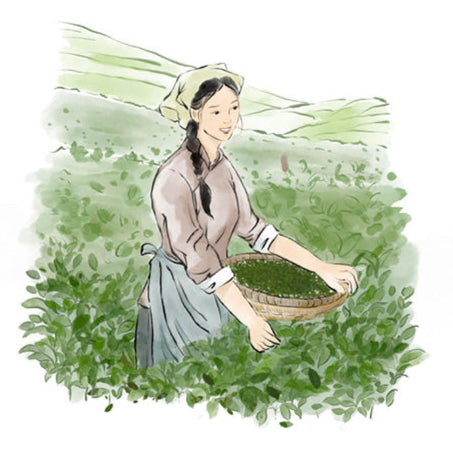
Picking
Tea leaves are hand-picked in the morning.
-
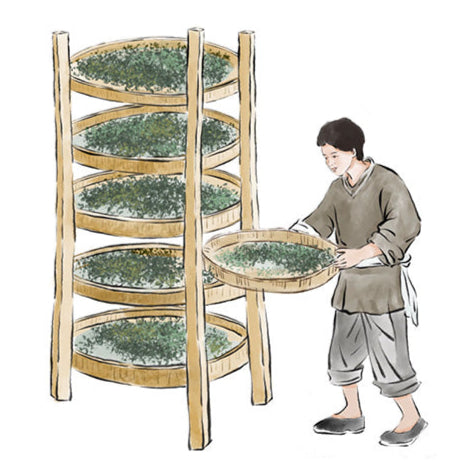
Withering
The leaves are spread on bamboo trays to wither.
-
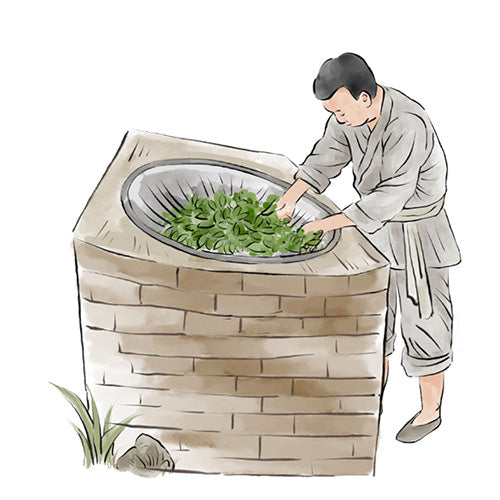
Fixation
The withered leaves are heated to halt oxidation.
-
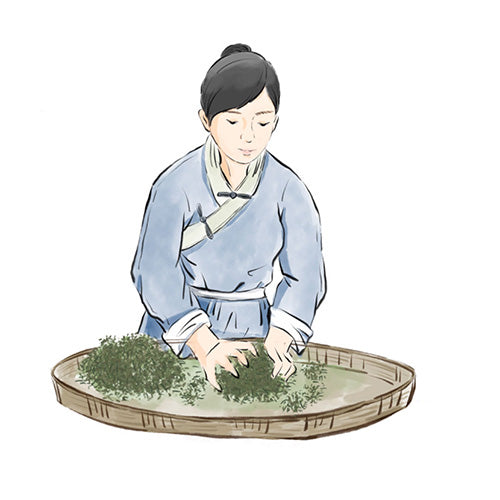
Rolling
Tea leaves are rolled to release their aroma.
-
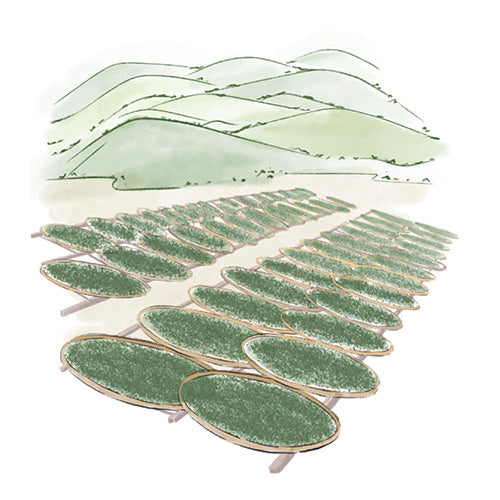
Sun drying
Rolled leaves are spread on bamboo mats to sun-dry.
-
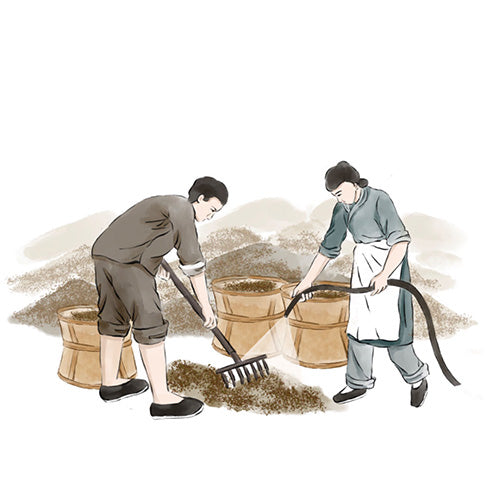
Fermentation
The leaves are post-fermented in a controlled environment.
-
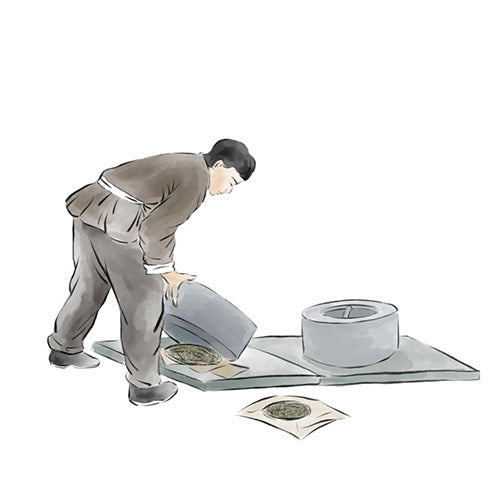
Pressing
The post fermented tea is steamed & compressed.
-
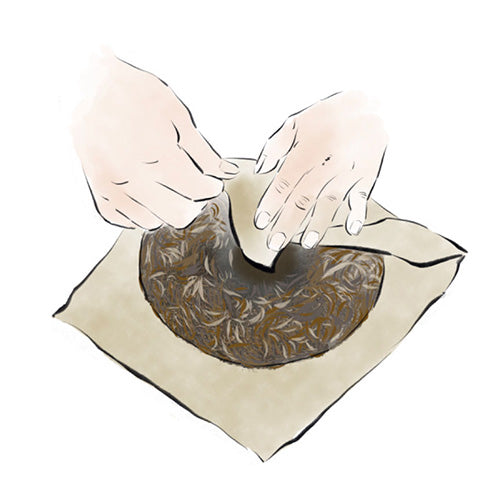
Packaging
The compressed tea is wrapped in paper & packed in boxes.
Not that bad. Not my favorite, but it is quality tea
Brewing: 6g/100ml, 100°C, flash rinse, 30s, 20s, +5s.
Warmed-up dry leaves smell of stone fruit, spices and wood. When wet, the wood intensifies.
The liquor tastes of old wood, stone fruit and caramel. A very complex, yet smooth and clear taste.
Compared to the red label version of this tea, this cake was much drier, suggesting different storage conditions. The first session was underwhelming, so I broke the cake and let the pieces rest for a couple of weeks in a cardboard box, inside a slightly ventilated cupboard. That did the trick and the tea woke up and became spectacular.
It maintains much more woodiness than the red label, where that was converted almost completely into fruitiness, resulting in a different taste profile. It's fascinating that these two teas were produced from the same (or very similar?) batch of loose leaves, at the same factory, in the same year.
It's also nice to see this trend of higher-quality aged shou pu-erh, with clear, smooth and complex taste. I hope the market for it develops enough that more high-quality "big leaf" material gets processed as shou instead of all of it ending up as sheng.


















